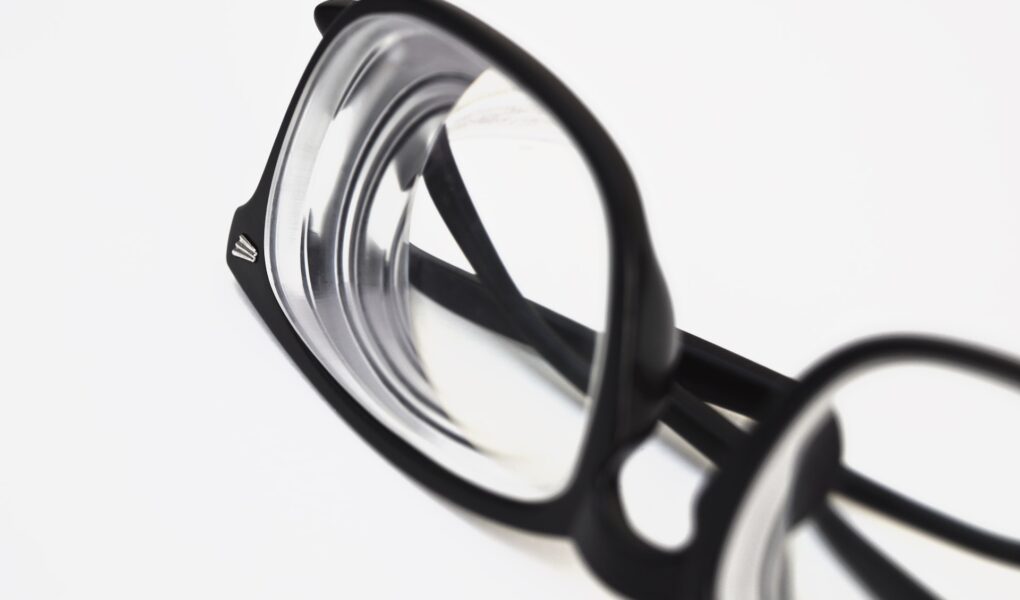Those who are suffering from myopia can get treatment with orthokeratology. The procedure is non-surgical and is used to treat myopia. However, it has some side effects that can make some people wary of it. Therefore, before the procedure, you should know what to expect. Read on to learn more about the process and its typical side effects. Nevertheless, it is an excellent option for people with myopia.
Non-surgical Procedure
If you have nearsightedness or astigmatism, orthokeratology Bedford may be a good choice. This non-surgical procedure involves reshaping your cornea, often through contact lenses. It works to correct your vision by making it more like a human cornea.
The improvement will last for several hours but will gradually wear off. However, this procedure may be correct if you’re tired of wearing glasses. Orthokeratology uses specially designed contact lenses to reshape the cornea for improved vision. It’s a reversible procedure, so the results will last as long as you wear the lenses as prescribed.
This treatment has been used for nearly 50 years and is considered safe and effective. It has been approved by the FDA and is an excellent option for treating many vision problems. In addition, orthokeratology is an excellent option for people who want to remain active and play sports. If you are interested in undergoing this procedure, speak with your eye doctor.
Treatment For Myopia
The effectiveness of Orthokeratology in slowing myopia progression remains controversial, but the results of this meta-analysis have been positive. The method involves wearing rigid gas-permeable contact lenses, or Ortho-K lenses, overnight and removing them in the morning. The lens reshapes the cornea at night, reducing its power and ensuring clear vision throughout the day.
The most significant benefit of Ortho-K lens use is that it significantly slows the progression of myopia. This is because the lens is worn at night, and the corneal topography reshaping occurs over time, resulting in an extended axial length.
Common Side-effects
An eye infection is one of the most significant risks of orthokeratology contact lenses. Eye conditions are common among people who wear contact lenses. In addition, orthokeratology lenses have been associated with increased bacterial and microbial keratitis risk. This is especially true among children and young adults, who are generally less able to maintain proper hygiene.
To determine whether or not you should be a candidate for orthokeratology, your eye doctor should perform a thorough examination. Most people with astigmatism or myopia are good candidates for the treatment. Before your doctor can perform orthokeratology, they will use a corneal topographer to measure the surface of your eye. This tool produces a visual map of the eye’s character, which the ophthalmologist will use to ensure that your treatment is appropriate for your specific needs.
The treatment requires the nightly wearing of specialized contact lenses. They flatten the cornea centrally and steepen it peripherally. In this way, orthokeratology helps control myopia by slowing the progression of refractive errors. As a result of its unique design, orthokeratology is a relatively new and effective way to treat refractive errors without the need for an extensive surgical procedure.




